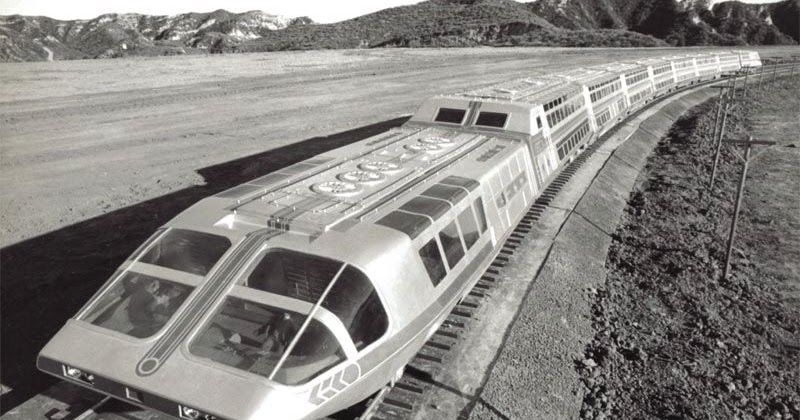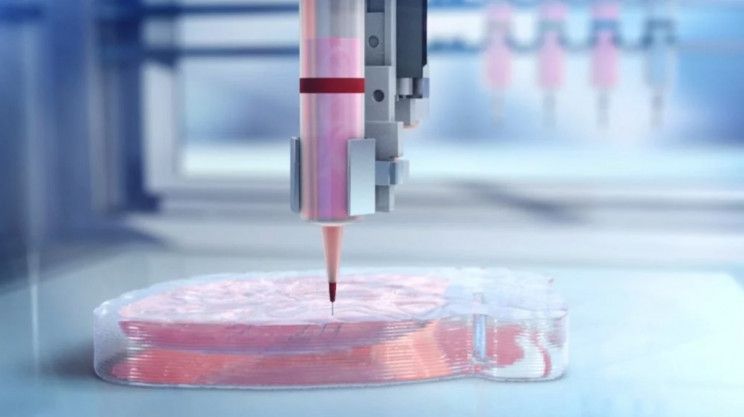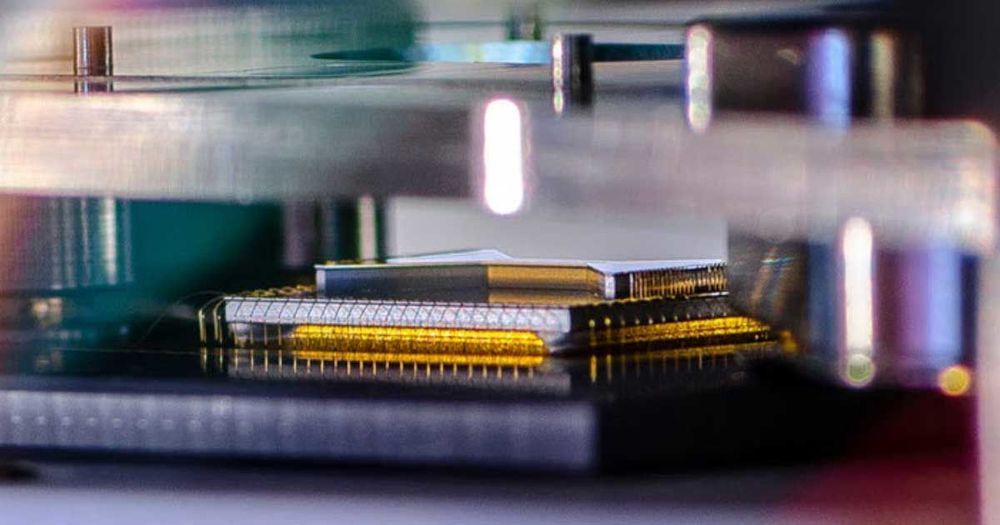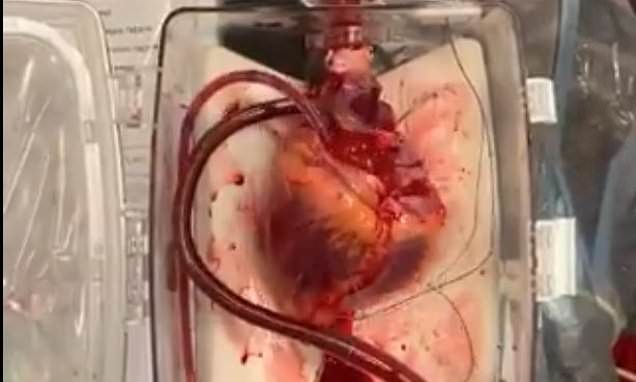Dec 4, 2019
National Security Priority: Securing America’s Electric Grid
Posted by Quinn Sena in categories: business, cybercrime/malcode, economics, energy, government
Energy is a critical resource that powers our homes and businesses, and also supports every facet of the U.S. economy and our nation’s security. As technology advances and we become more connected, the likelihood that there will be a successful cyber or physical attack on critical infrastructure increases.
This month we recognize National Critical Infrastructure Security and Resilience Month, which is a great time to reinforce that our nation’s electric companies are working across the industry and with our government partners to protect the energy grid and ensure that customers have access to the safe and reliable energy they need. We also are focusing on strategies to mitigate the potential impact of an attack and to accelerate recovery should an incident occur.
We know that cyberattacks constantly are evolving and increasing in sophistication. As the vice president for security and preparedness at the Edison Electric Institute (EEI), the association that represents all U.S. investor-owned electric companies, I have a deep appreciation for how any threat to the energy grid endangers our communities and the national and economic security of our country.


















